“Music has healing power. It has the ability to take people out of themselves for a few hours..”
-Elton John
In the realm of audio entertainment, a home audio system is at the heart of an immersive audio experience in the comfort of our living room. This system is designed to provide excellent sound quality and enhance the enjoyment of music, movies, games and more in our home. Let’s explore some of the components and features that define a home audio system:
-Elton John

The speaker is the primary output device of the home audio system, responsible for producing sound. Speakers come in various shapes, sizes, and configurations, including floor-standing speakers, bookshelf speakers, soundbars, and subwoofers.
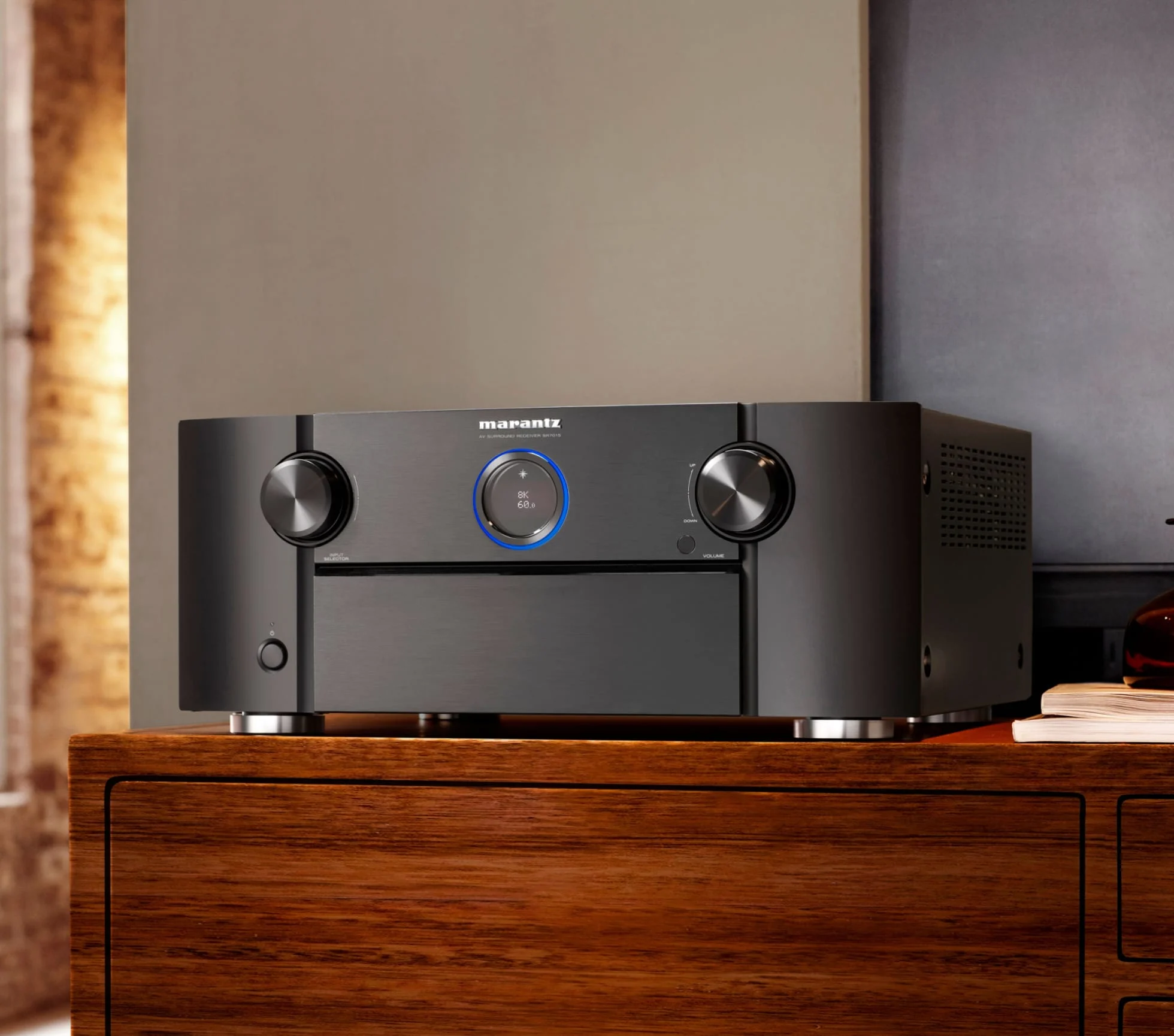
Amplifiers and receivers are the backbone of a home audio setup, powering the speakers and processing audio signals. They may include built-in amplification, surround sound processing, and connectivity options for multiple audio sources.
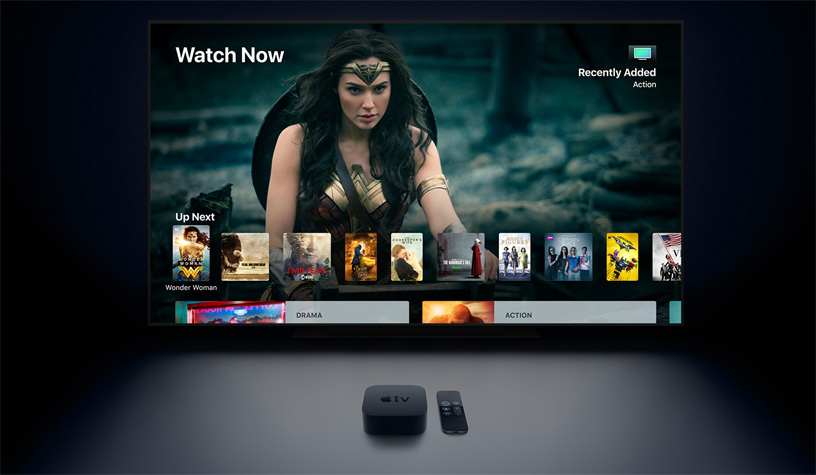
Source devices such as CD players, turntables, streaming media players, and smartphones provide audio content through the home audio system. Most modern home audio systems offer wireless connectivity options that allow users to stream music from their smartphone, tablet or computer.

High-quality cables and connectors are essential to maintaining signal integrity and minimizing interference with your home audio system. Common cable types include speaker, RCA, HDMI, and optical cables.
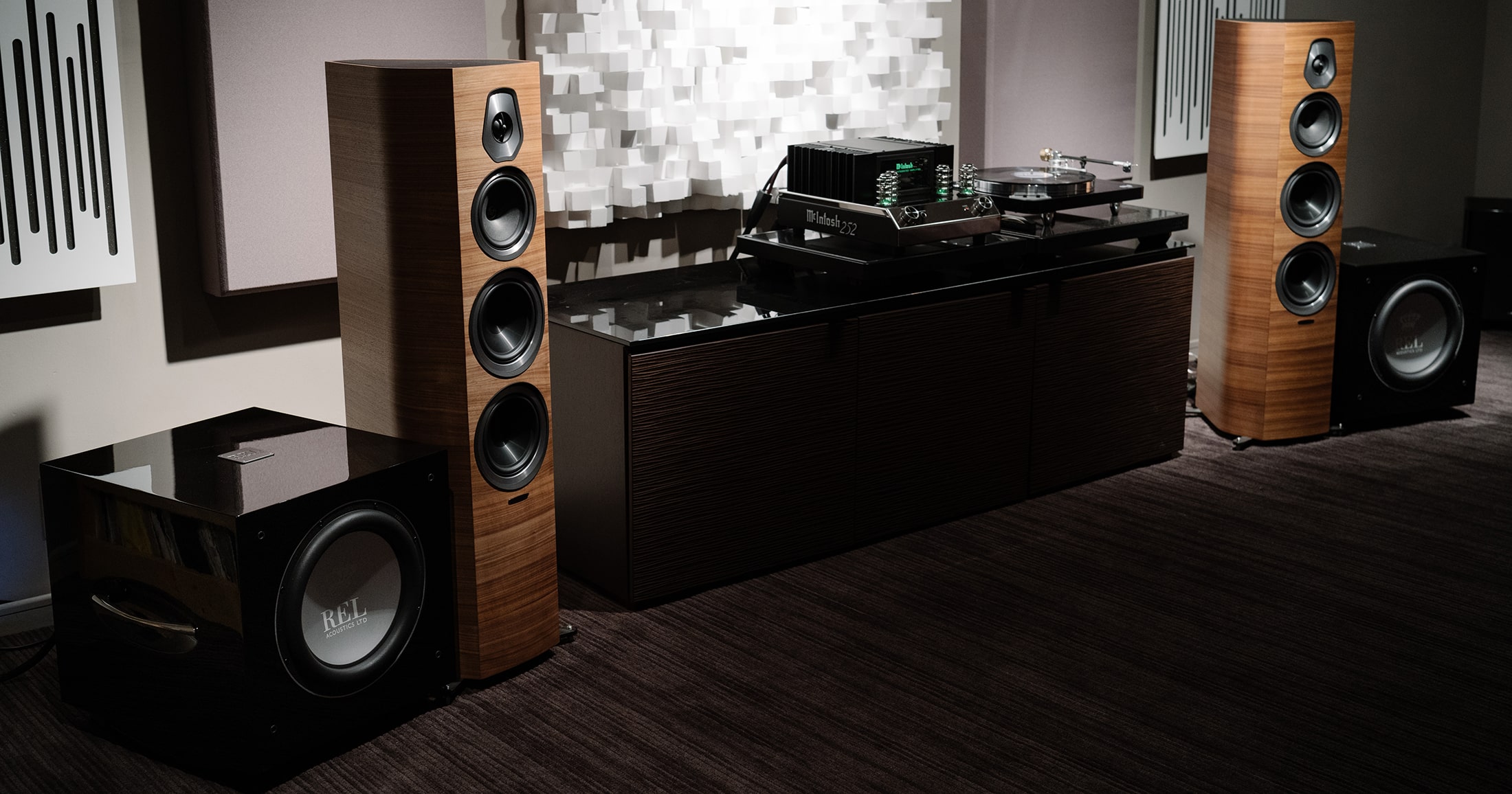
A conventional stereo system consists of two speakers and a stereo amplifier or receiver, providing a simple but effective setup for reproducing stereo sound.
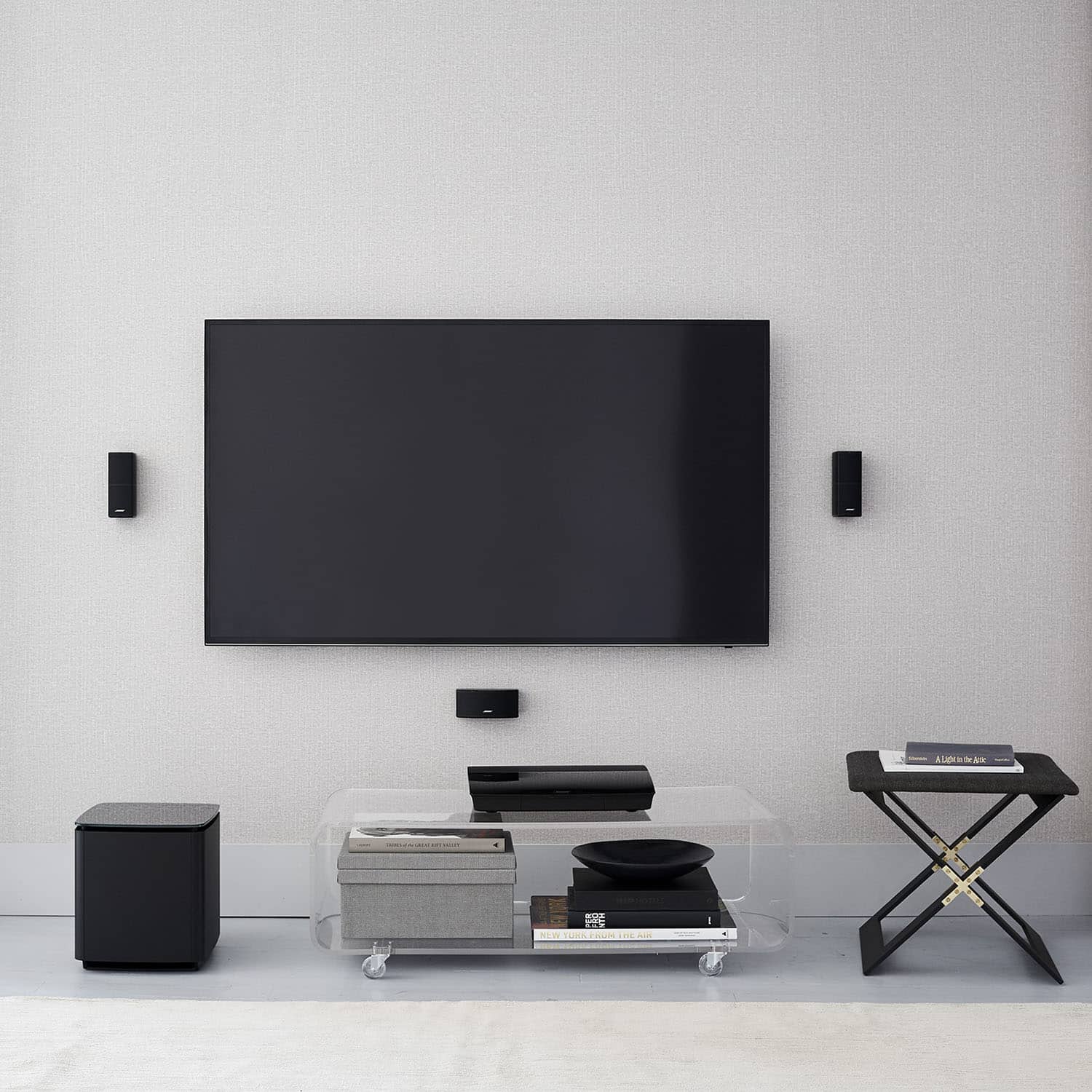
Home theater systems are designed to deliver an immersive surround sound experience for movies, TV shows and games. It usually includes multiple speakers (front, center, surround, and subwoofer) and a receiver with surround sound processing capabilities.
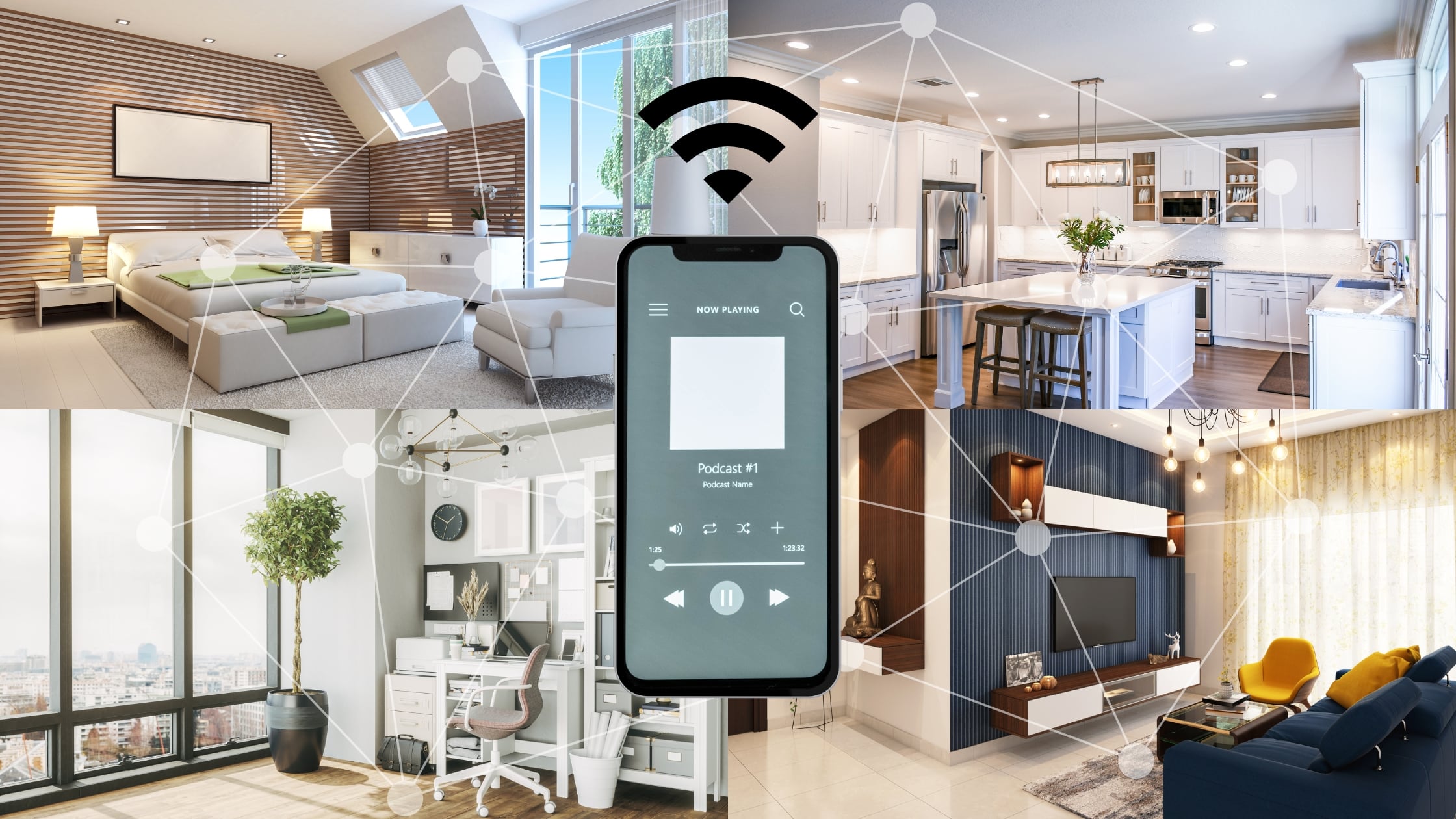
A wireless multi-room audio system allows users to stream music to multiple home speakers, creating a seamless audio experience across various rooms and hallways.
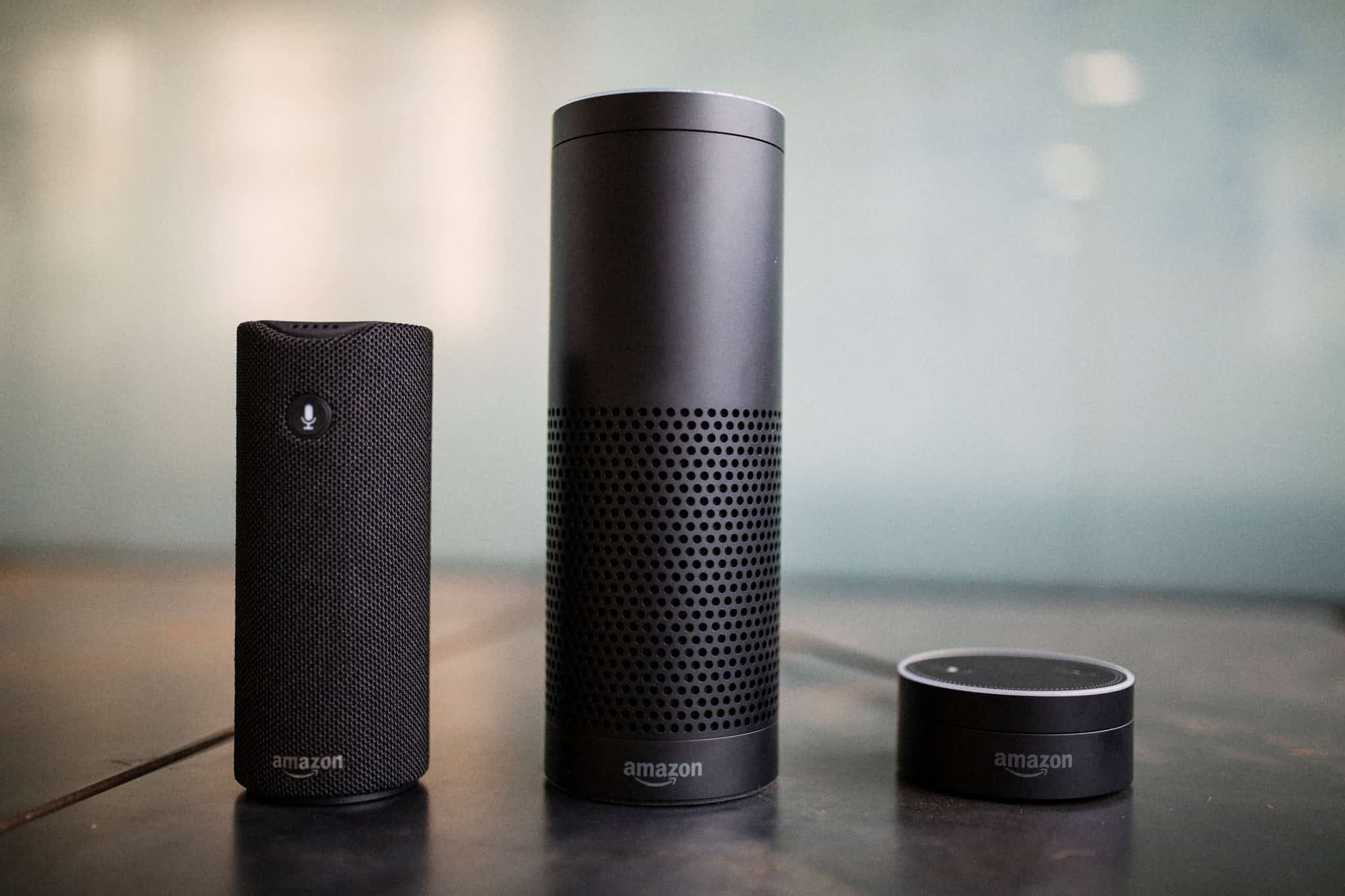
Smart speakers equipped with voice assistants, such as Amazon Echo and Google Home, offer hands-free control and access to a wide range of streaming music services and smart home functions.
Positioning and Placement: proper placement of speakers and subwoofers can significantly impact the quality of sound and imaging. Factors to consider include room dimensions, acoustics and furniture placement.
Room calibration and correction: Most modern home audio systems have a room calibration and correction system that analyzes room acoustics and automatically adjusts speaker settings for optimal sound performance.
Connectivity and integration: A home audio system should offer seamless connectivity to multiple audio sources, including smartphones, computers, televisions, and streaming media players. Wireless connectivity options like Bluetooth, Wi-Fi and AirPlay increase convenience and flexibility.
Once set up, your home audio system unlocks audio enjoyment, whether it’s listening to your favorite music album, watching a blockbuster movie with cinematic surround sound, or immersing yourself in the latest video game titles.
Experiment with different audio formats, formats, and listening environments to discover the full potential of your home audio system.
Regular maintenance, such as dusting speakers, cleaning connectors and updating software/firmware, ensures optimal performance and longevity of home audio components.